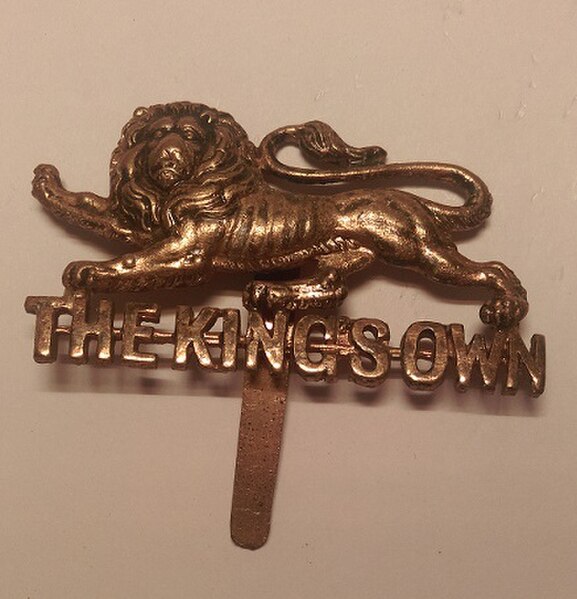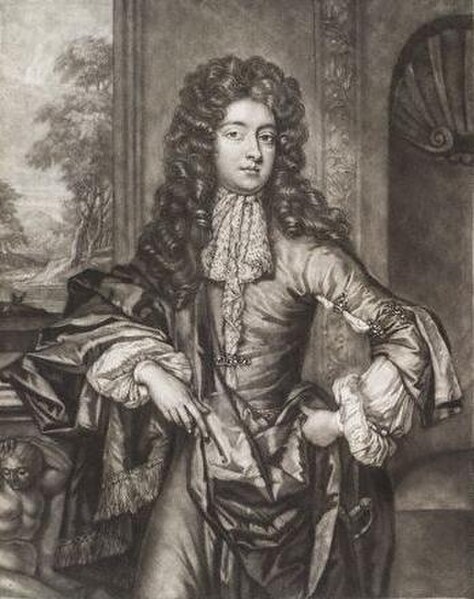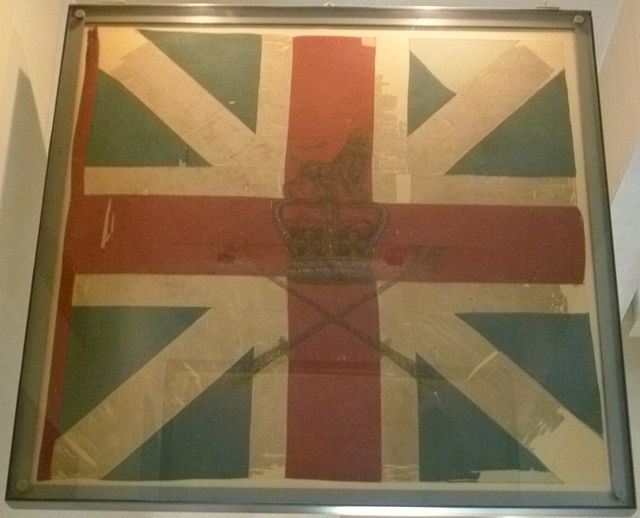56th (King's Own) Anti-Tank Regiment, Royal Artillery
The 56th Anti-Tank Regiment was a Territorial Army unit of the British Army's Royal Artillery (RA), which converted from the 4th Battalion, King's Own Royal Regiment (Lancaster). During the Second World War, it first served with the 42nd Division in the Battle of France and Dunkirk evacuation in May–June 1940. In 1942, it was sent to join the 70th Infantry Division in India, where it was converted into a Light Anti-Aircraft/Anti-Tank Regiment. In this guise, it served in the Burma Campaign, mainly with the 5th Indian Infantry Division. It reconverted to the anti-tank role in late 1944 and in June 1945 it returned to India as a training unit. It continued serving in the TA postwar until 1961, when it re-merged into the King's Own.
Bush hat badge and PA patch worn in Burma
2-pounder anti-tank gun
4-inch Mk IX coast defence gun (at Fort Crosby near Liverpool, August 1940) as used by 66th A/T Rgt.
Ordnance QF 6-pounder Anti-Tank Gun
King's Own Royal Regiment (Lancaster)
The King's Own Royal Regiment (Lancaster) was a line infantry regiment of the British Army. It served under various titles and fought in many wars and conflicts, including both the First and the Second World Wars, from 1680 to 1959. In 1959, the regiment was amalgamated with the Border Regiment to form the King's Own Royal Border Regiment.
Cap badge of the King's Own Royal Regiment (Lancaster).
The founder of the regiment, Charles Fitzcharles, Earl of Plymouth 1657-1680, illegitimate son of Charles II
An Incident in the Rebellion of 1745, a painting that shows grenadiers of the regiment fighting highlanders of the Jacobite Army at the Battle of Cullodenin April 1746
Colours of Barrell's Regiment, carried at Culloden








